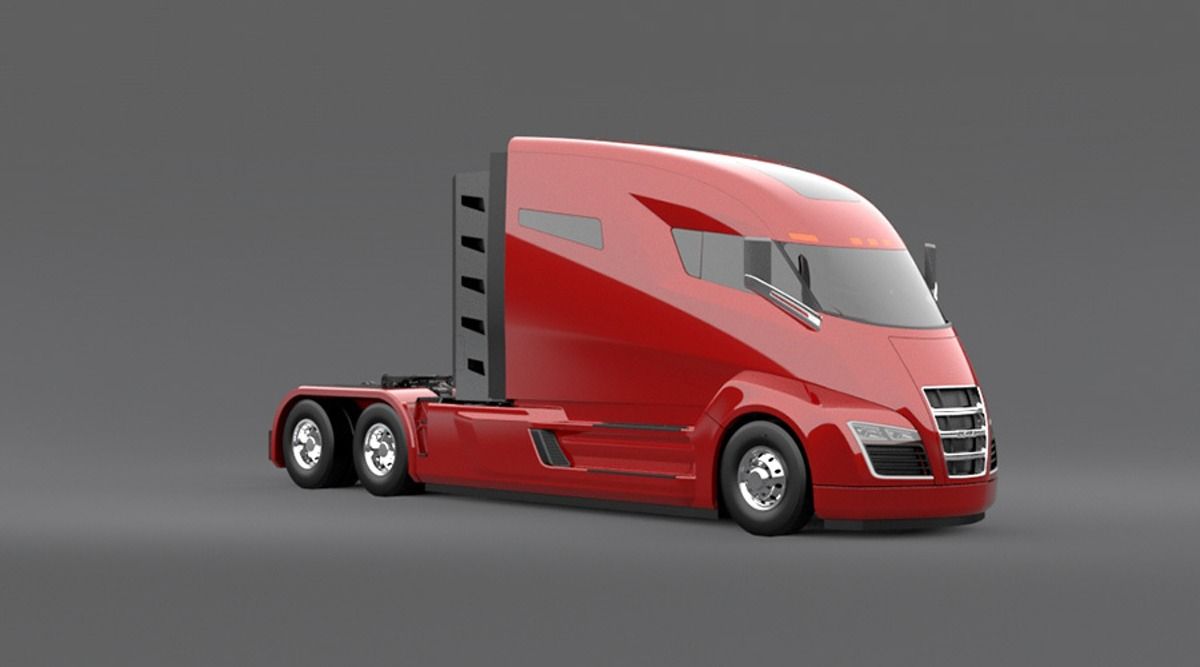Nice read for global Innovators and companies.
Remember when U.S. Marshals stormed CES to shut down a Chinese competitor advertising hoverboards? Attorney Shawn Kolitch made it happen, and he explains how innovators can fight back against copycats.
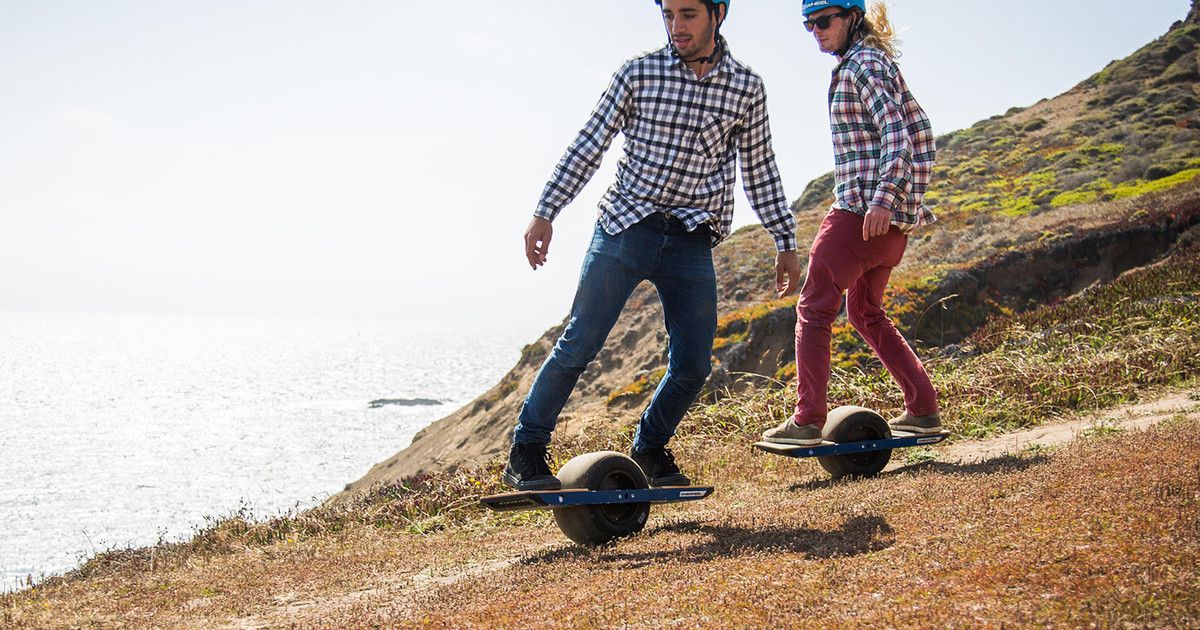
It seems like every television season plays host to a single show that takes over our cultural consciousness by coating modern fears in fantastical drama.
Game of Thrones taps into the cutthroat nature of modern politics, while The Walking Dead plays into our ever-present fear of a worldwide contagion. This year, with Elon Musk’s dire warnings about the dangers of artificial intelligence, Siri and Alexa permeating our personal lives, and self-driving cars threatening to run down groups of children, Westworld is posed to be that show.
Westworld is complex. It’s that complexity, interwoven with mysteries and plot twists, that produces the hours of online speculation and wild fan theories that are the hallmark of anything worth watching.
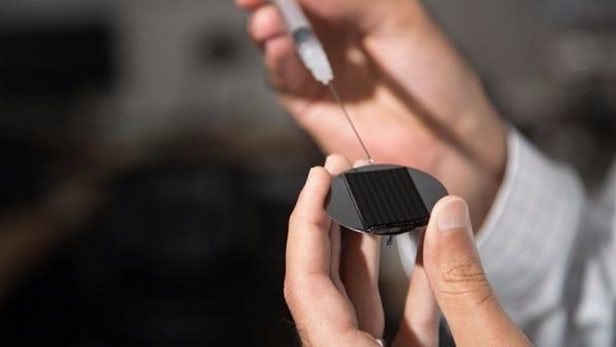
For most people, icy conditions mean a slippery pavement or trying to chip the car out of a freezing glaze, but icing can also bring down aircraft, snap power lines, and cause a surprising amount of structural damage. Now scientists at the University of Houston (UH) have come up with a surprising solution – and it involves magnets.
The problem with icing is that when droplets of freezing or supercooled water strike a surface, they wet or adhere to it, so more and more droplets can join the party. To de-ice a surface, you need to either melt the ice, break it off, dissolve it, or alter the surface so the ice can’t stick to it in the first place.
According to Hadi Ghasemi from the UH Department of Mechanical Engineering, “icephobic” surfaces that are non-wetting or liquid infused have shown promise in the past, but suffer from high freezing temperatures, high ice adhesion strength, and high cost.
I figured that if Elon Musk’s Hyperloop system ever became reality, it would essentially be a super-fast train system. Meaning we’d enter at a Hyperloop station in L.A. and exit at a Hyperloop station in San Francisco. But the forthcoming Hyperloop One system in Dubai, designed by Bjarke Ingels Group, will actually get riders from door to door.
To explain: Hyperloop One, which signed a deal with the Dubai Roads and Transport Authority, has BIG providing the design muscle. The collaboration has yielded the idea that self-driving Hyperpods could pick passengers up anywhere in the city, like an Uber. These six-person-capacity Hyperpods would then drive to the Hyperportal and load itself onto a Transport Capsule, the actual thing that shoots through the Hyperloop tube. At the other end, the ‘pod exits the Transport Capsule and drives the passengers to their destination.
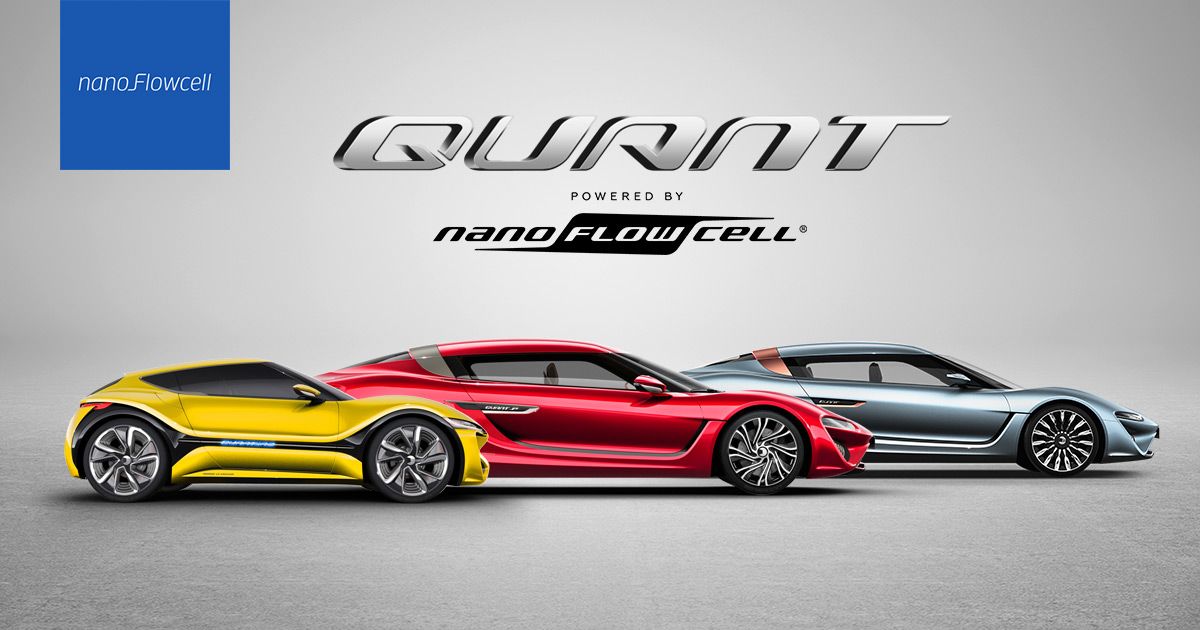

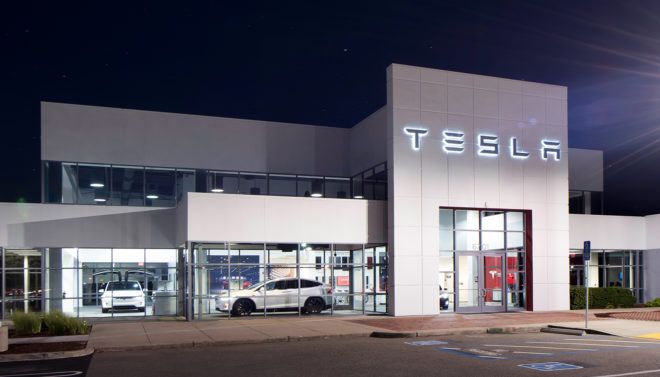


MOJAVE, California — The world is at the start of a renaissance in supersonic and hypersonic flight that will transform aviation, but the effort will need steady commitment and funding if the United States wants to lead the way, congressional leaders and industry officials said at a forum late last month.
“What’s exciting about aerospace today is that we are in a point here where suddenly, things are happening all across the board in areas that just haven’t been happening for quite a while,” said former U.S. Air Force Maj. Gen. Curtis M. Bedke.
“There was a period where engine technology had just sort of stagnated — a point where all materials technology was going along at about the same pace,” Bedke added. “There just wasn’t much happening. But suddenly, in all sorts of areas that apply to aerospace, things are happening.” [NASA’s Vision of Future Air Travel (Images)].
